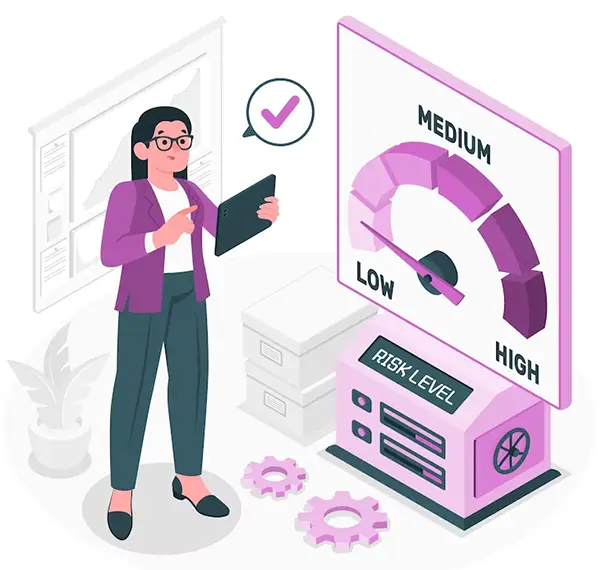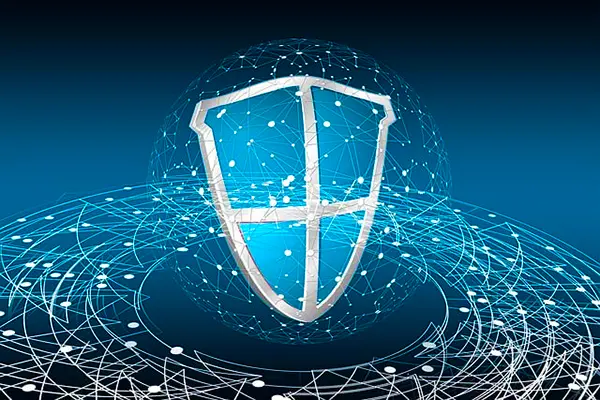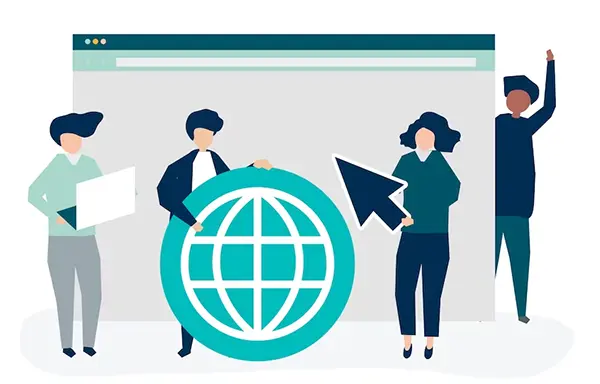Navigate Total Risk Management in the Modern Business Landscape

We can resonate with the evolutionary experiences of the development of the internet. It has created a highly-tempting history that revolves around a complicated and very captivating narrative. Further, it is loaded with remarkable transformations and many unforeseen growth phases.
Additionally, it can be conceived as the existence of the Internet from time immemorial. But, dates trace it back to the year 1969. Since that time, this technology has experienced recognizable milestones in military communication in integration as an indispensable part of our everyday lives. Keep reading to join us on this thrilling journey to uncover the mysterious journey of the internet.
Venture into the Intricacies of Total Risk Management (TRM)
Introduction: Unlocking the Essence of TRM
Step into the realm of Total Risk Management (TRM), an all-encompassing approach to mitigating the risks that organizations encounter while pursuing their objectives. While TRM has been in existence since the mid-1970s, its widespread adoption has only recently taken hold. This comprehensive framework incorporates risk identification, assessment, mitigation strategies, and control frameworks, empowering organizations to confidently navigate their goals while effectively managing potential risks. Within TRM lies the potential for organizations to not only safeguard against risks but also identify opportunities for growth and triumph.

Chapter 1: Genesis Unveiled – The Invention
Venture back to the year 1969, a time when the U.S. Department of Defense, in pursuit of connecting computers across universities and research institutions, birthed the illustrious ARPANET (Advanced Research Projects Agency Network). This audacious network, with its dedicated lines and modems, initially spanned a mere four nodes, including esteemed institutions such as UCLA, Stanford Research Institute, the University Of California Santa Barbara, and the University Of Utah. Though modest in scope, it laid the foundation for future innovations in networking technology, setting the stage for what was yet to come.
Chapter 2: The Emergence of a Web – The Birth of the Web

Coming to the year 1989, an encounter with the British computer scientist, Tim Berners-Lee. He was the brain behind the creation of the whole system to create those hypertext documents, interlinking over the networks i.e. ARPANET. Mere did he know was the fact that the invention is going to lay the groundwork for what we presently know as the “World Wide Web” or simply say “The Web.” His child held a plethora of the basic concepts about it that unlocked the door to an era of unparalleled connectivity and dissemination of information.
Chapter 3: Communication Before the Digital Era
If you try to picture a world where there are zero scopes for instant communication and online connectivity— takes you to the era when the internet was not born and the world use to survive upon the pre-internet communication methods.
Here, we will try to embark on a journey beyond the present time and re-discover the mechanisms which were used to bridge the vast distances in that era. Well, long before the introduction of this digital age, individuals used to rely on landlines having rotatory dials to get engaged in long-distance conversations.
As today’s world embraces mobile technology and Voice-over Internet Protocol (VoIP), at that time those landlines were necessary to bridge that geographical gap. Later on, Telegrams entered and get popularized as a popular medium for the transmission of short messages quickly across distanced or remote locations. Whereas the Morse code encoded messages when transmission via telephone lines knock at their destinations within 24 hours. But, obviously, we cannot forget the timeless art of those handwritten letters. It was a cherished form of communication that predates modern inventions like telegrams and telephones. Those were crafted in a manner to serve as a testament to that in-depth conversation that is contradictory to the present-day’s digitized instant messaging system.
Chapter 4: Unveiling the Internet’s Growth
We have experienced an omnipresent form of the internet. Once it was also a small network of computers in the late 1960s, and now morphed into a paramount segment of our everyday lives. ARPANET and World Wide Web are going to be the two pivotal milestones as we delve deeper into this section.
First, the ARPANET was conceived in 1969 through the visionary minding residing at the United States Department of Defense’s Advanced Research Projects Agency (ARPA), which stands for one of the earliest networks that were ever created in history. The purpose at that time was to facilitate hassle-free communication and information sharing amongst scientists at universities nationwide. It used to operate on TCP/IP protocol. That’s why we say it laid the ground network for futuristic technology. And, it was serving as a cornerstone for the advancements of modern times.
The second milestone, the World Wide Web, was introduced by Tim Berners-Lee in 1989 when he was serving his tenure at CERN (European Organization for Nuclear Research). A trio of groundbreaking technologies was proposed: URLs(Uniform Resource Locators), HTML (Hyper Text Markup Language), and HTTP (HyperText Transfer Protocol). Additionally, these innovations covered the way for effortless access to web pages having visuals, textual, and auditory content. That interconnected network that we at present-day consider the internet transformed forever.
Chapter 5: The Internet’s Impact on Society and Culture

Design to be consumed with the influence which the internet has exerted on modern society has now transcended even the wildest imagination. Considering its initial roots that were serving as an indispensable component for the seamless military communication tool during the Cold world war time and now turned into a pivotal part of our everyday lives for billions of people across the world. Additionally, its unmatched impact on the social and cultural sections will remain a recognizable consequence, that has altered forever, the media, the way we communicate, engage in trade, build connections and gain knowledge.

Conclusion
In the grand tapestry of risk management, Total Risk Management (TRM) emerges as an indispensable framework. This comprehensive approach empowers organizations to identify, quantify, and assess risks, craft appropriate responses, and monitor their performance. TRM serves as a beacon of guidance, enabling organizations to navigate potential risks while capitalizing on opportunities, ultimately fostering growth and success.
As we bid farewell to this enthralling expedition through the perplexing evolution of the Internet, let us remember the indelible legacy it leaves behind. From its humble beginnings as a military project, it has transcended boundaries, transformed communication, and enriched our lives in countless ways. The burst of perplexity and the dance of complexity have shaped the Internet into the mesmerizing marvel we cherish today, forever enshrined in the annals of human progress.








